Indication
This formula was originally recorded in the ‘Treatise on Cold-induced Diseases’ (shang han lun), by Zhang Zhong-jing (circa 150 – 219 C.E.). It was originally used for the treatment of the lesser Yang syndrome (shao yang bing zheng) in acute febrile diseases due to invasion by exogenous Cold.
The Cold pathogen has transformed to Heat and is at a level that is midway between the Exterior and the Interior, manifesting with alternating chills and fever, etc. Zhang recognised that this formula had a broad range of applications, and over the centuries Chinese physicians have found many more.
In general, the common clinical feature is the alternating sensations of cold and heat, regardless of whether or not they occur in the course of a febrile illness due to invasion by exogenous Cold (e.g. as a base formula in the treatment of perimenopausal syndrome). The skilful combination of warming and cooling, as well as tonifying and dispersing ingredients lend this formula it’s unique and wide ranging therapeutic applications.
Essentially the formula’s uses fall into two categories: 1. Lesser Yang syndrome of a Cold-induced disease 2. Gallbladder Qi invasion of the Stomach.
The latter syndrome is a variant of Gallbladder stagnation with Phlegm disturbance (dan yu yan rao), which may arise due to intense or prolonged emotional strain, which leads to Qi stagnation in the Liver and Gallbladder. The stagnant Qi develops into Fire, which dries the Body Fluids generating Phlegm.
A common use for this formula is in the treatment of post-viral debility, in which there is a latent pathogen at the lesser Yang stage (midway between the Exterior and the Interior). This manifests with fatigue and lethargy together with signs of lingering (i.e. subacute) infection: enlarged lymph nodes (principally in the neck and/or groin) with intermittent fever (which may be as subtle as night sweating) as well as increased sensitivity to the cold.
The synergistic actions of the herbs are as follows:
Bupleurum root (chai hu), Scutellaria root (huang qin): dispel pathogens from the lesser Yang.
Pinellia tuber (ban xia), Zingiber rhizome (sheng jiang): regulate the Qi and harmonise the Stomach, redirect the Stomach Qi downward.
Codonopsis root (dang shen), Glycyrrhiza root (gan cao), Ziziphus fruit (da zao): tonify the Spleen Qi, to strengthen the health Qi and prevent the pathogens from entering the Interior.
Bupleurum root (chai hu): soothes the Liver, drains the Gallbladder, harmonises the Gallbladder and Stomach.
Indications:
Common cold or influenza with lingering low grade fever
Chronic fatigue syndrome
Post viral debility
Bronchitis
Tonsillitis
Otitis media
Cholecystitis
Gastritis
Duodenitis
Hepatitis
Puerperal fever
Acute sinusitis
Perimenopausal syndrome
Signs & Symptoms:
1. Shao Yang stage pathogen
Alternating episodes of fever and chills
Distending pain over the chest and hypochondrium
Bitter taste in the mouth
Swollen lymph nodes
Dry throat
Dizziness
Normal tongue with a thin white coat
Wiry pulse
2. Gallbladder Qi invasion of the stomach
Irritability
Heartburn
Nausea or vomiting
Poor appetite
Normal tongue with a thin white coat
Wiry pulse
Combinations –
Asthma:
FU GUI BA WEI WAN
YU PING FENG SAN
SI MIAO YONG AN WAN (Jia Wei)
Cholecystitis, acute:
BAO HE WAN
SI MIAO YONG AN WAN (Jia Wei)
DIGEST-AID Formula
Common cold, influenza:
YIN QIAO WAN
HUO XIANG ZHENG QI WAN
Gastritis:
BAO HE WAN
Gastroenteritis, acute:
HUO LUO XIAO LING DAN
HUO XIANG ZHENG QI WAN
Hepatitis, after recovery:
LI DAN PAI SHI WAN
Menopausal syndrome, alternating chills and flushing:
ER XIAN TANG
MENOPAUSE 2 Formula
EMPTY HEAT Formula
Post viral fatigue:
BU ZHONG YI QI WAN
DEFENCE PLUS Formula
Symptoms that come on or recur at a specific time of the day or night (e.g. cough):
BU ZHONG YI QI WAN
WEN DAN TANG
TCM Syndromes: Shao Yang stage pathogen, Gallbladder Qi invasion of the Stomach.
TCM Actions: Harmonises and releases Shao Yang stage disorders Harmonises the Gallbladder and Stomach.
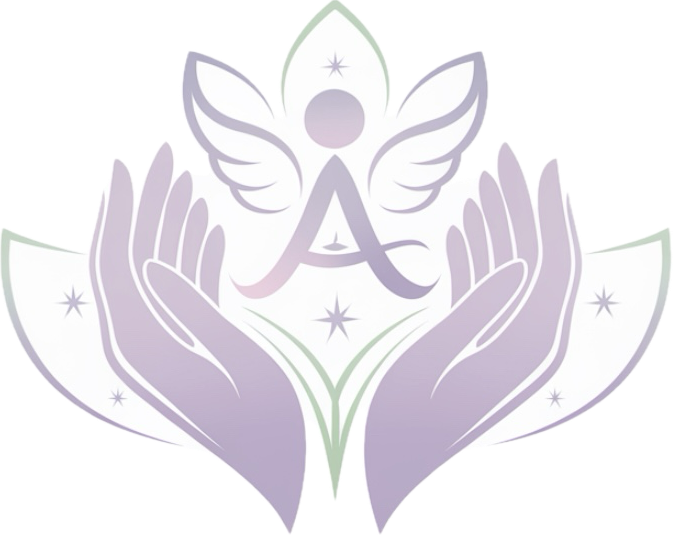
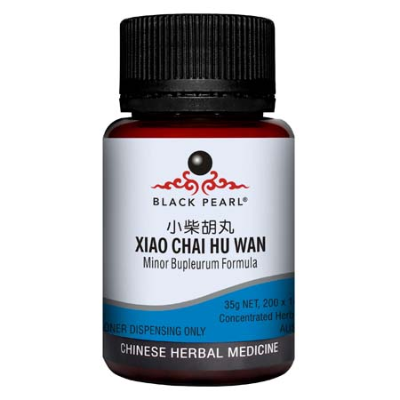
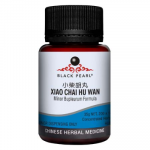
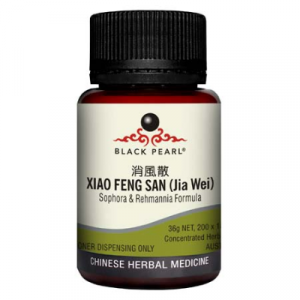
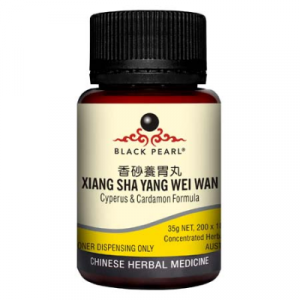

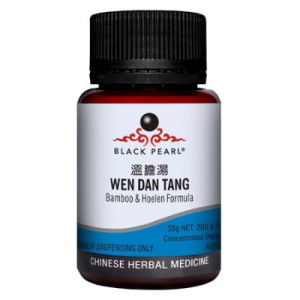

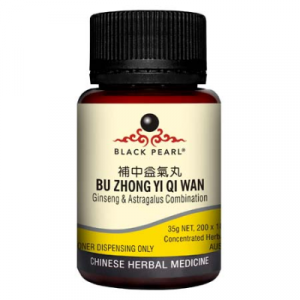
Reviews
There are no reviews yet.